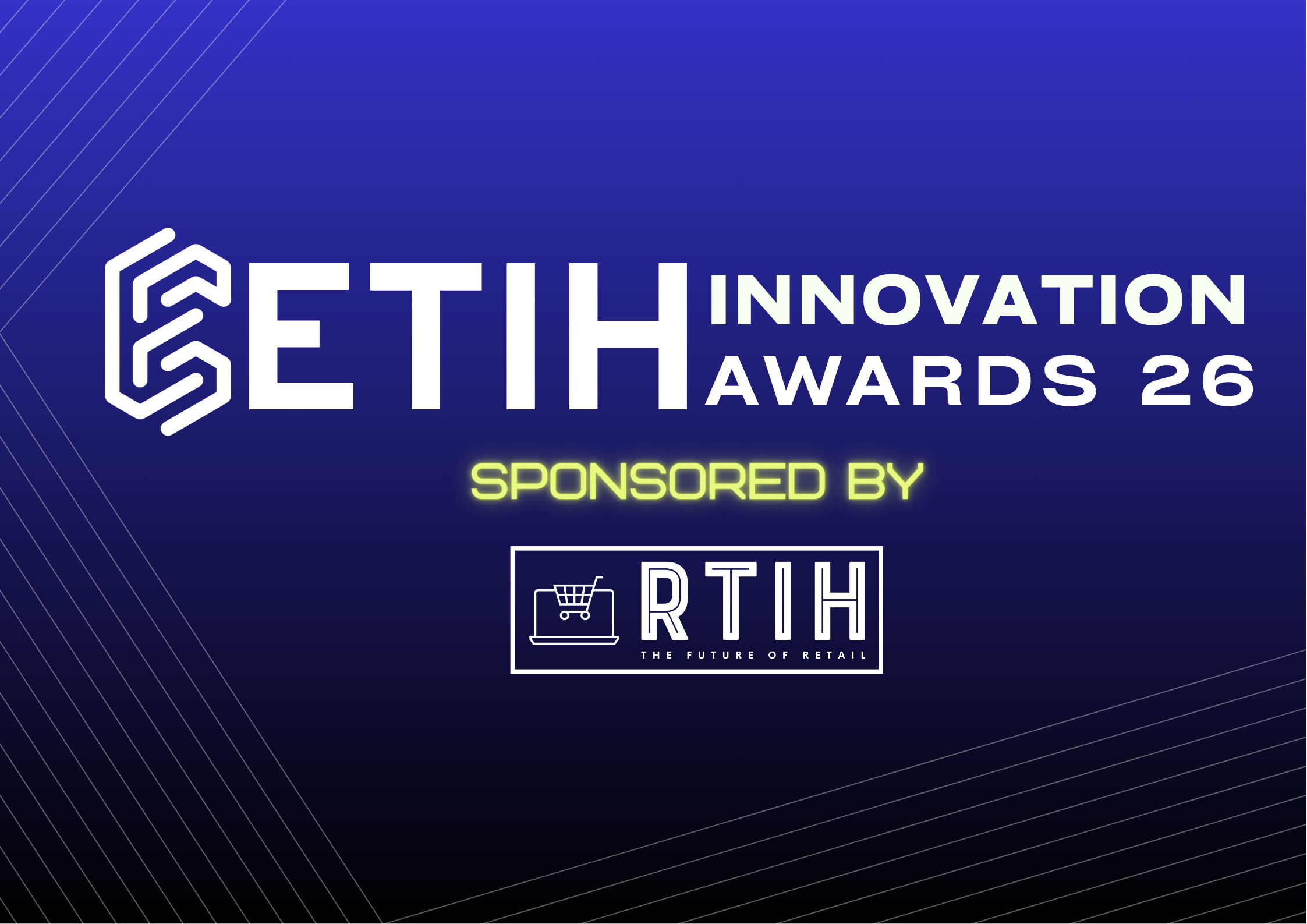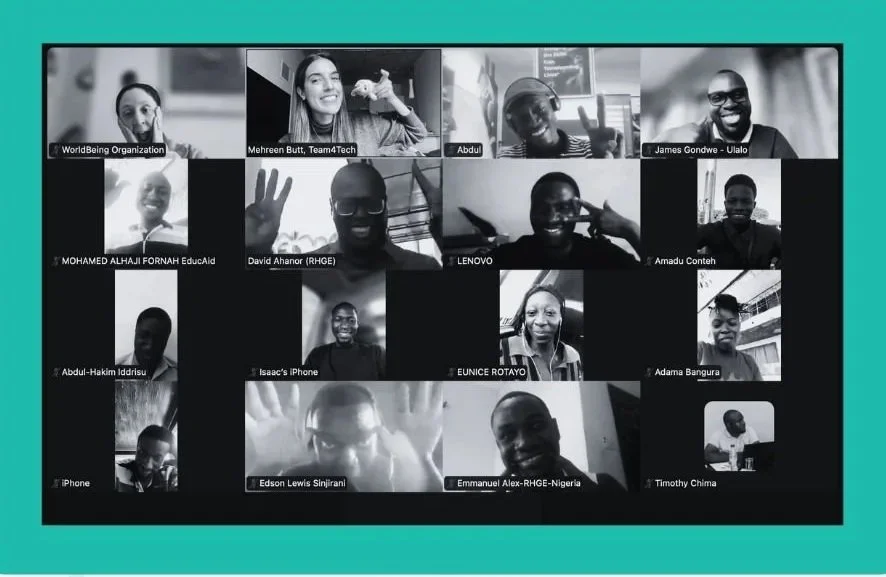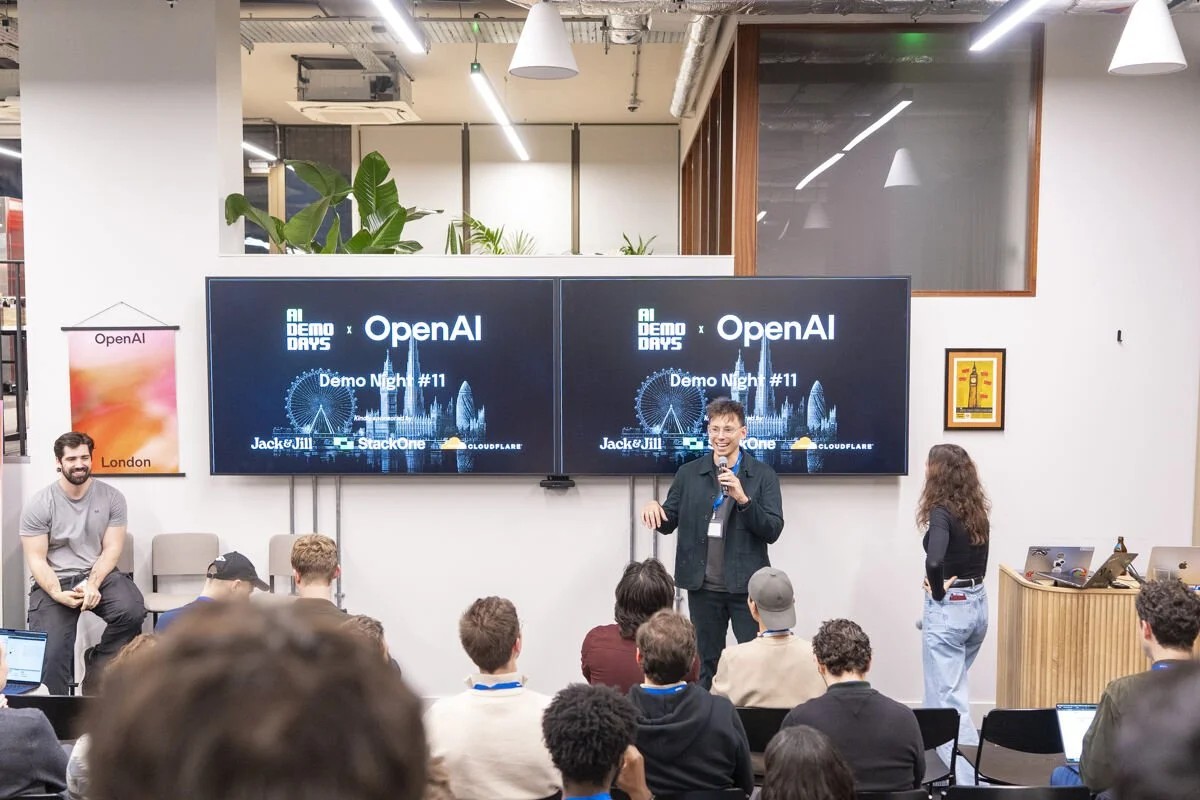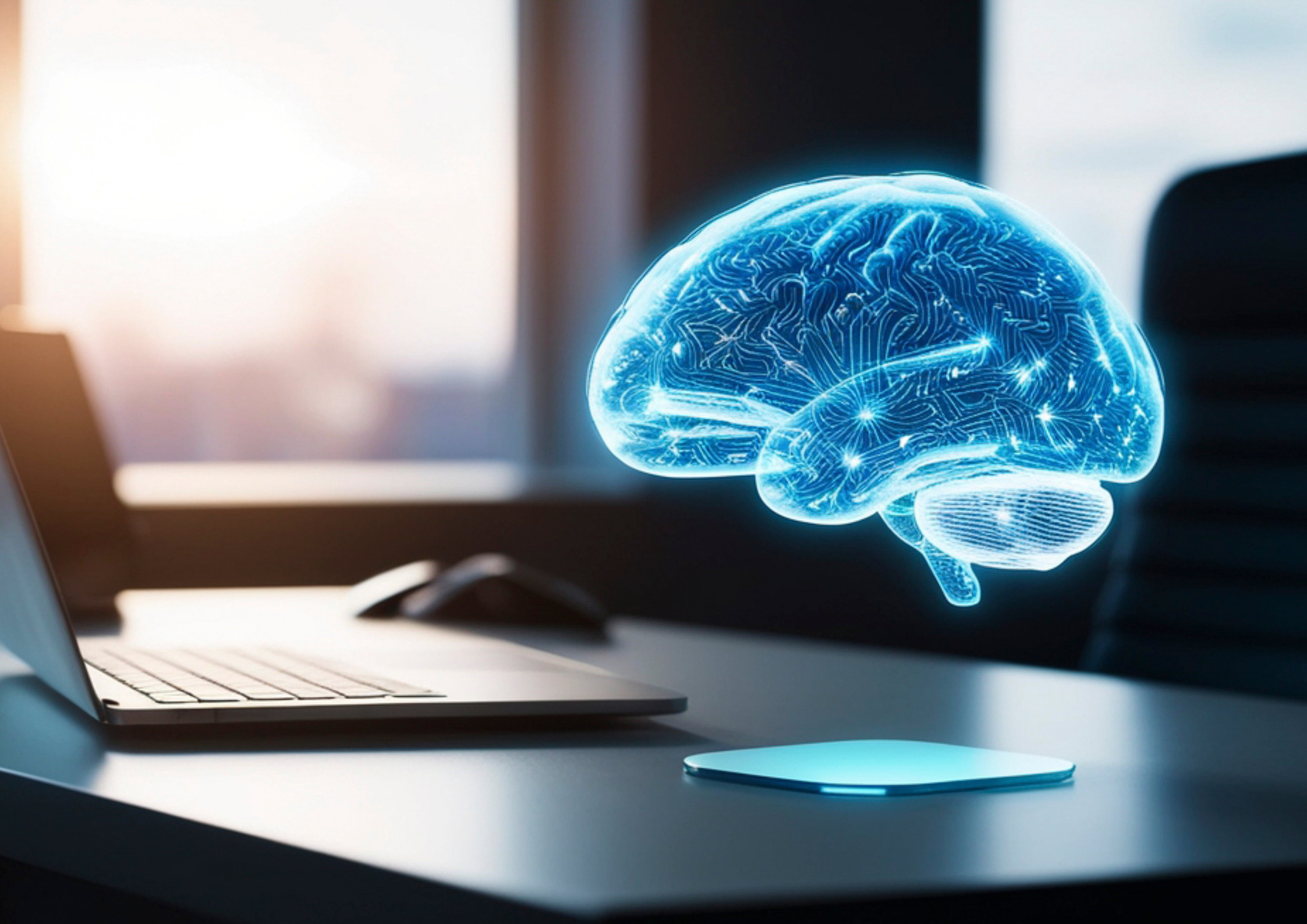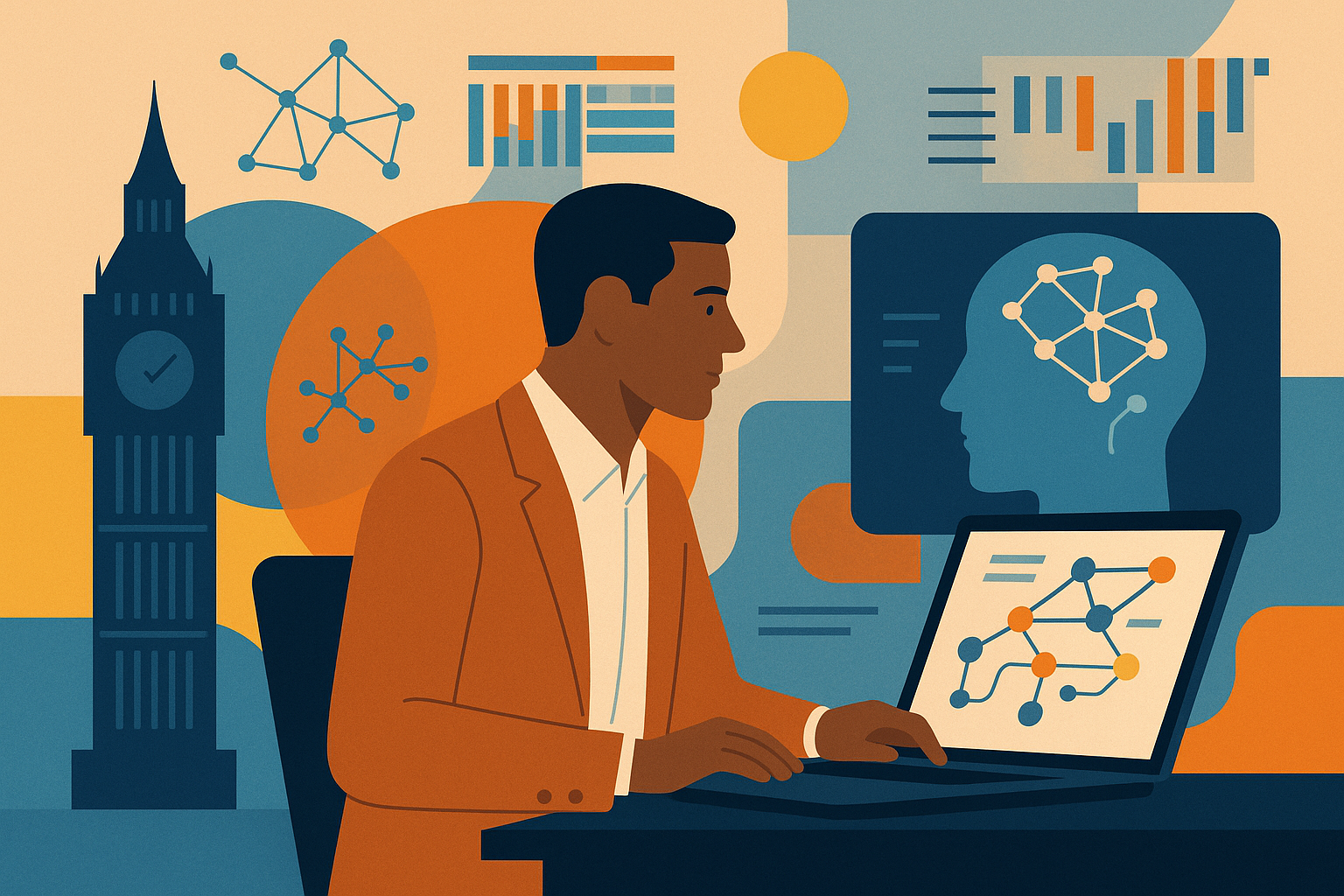The UK Multidisciplinary Centre for Neuromorphic Computing officially launches at the House of Lords
The UK Multidisciplinary Centre for Neuromorphic Computing has officially launched at the House of Lords, led by the Aston Institute of Photonic Technologies (AIPT).
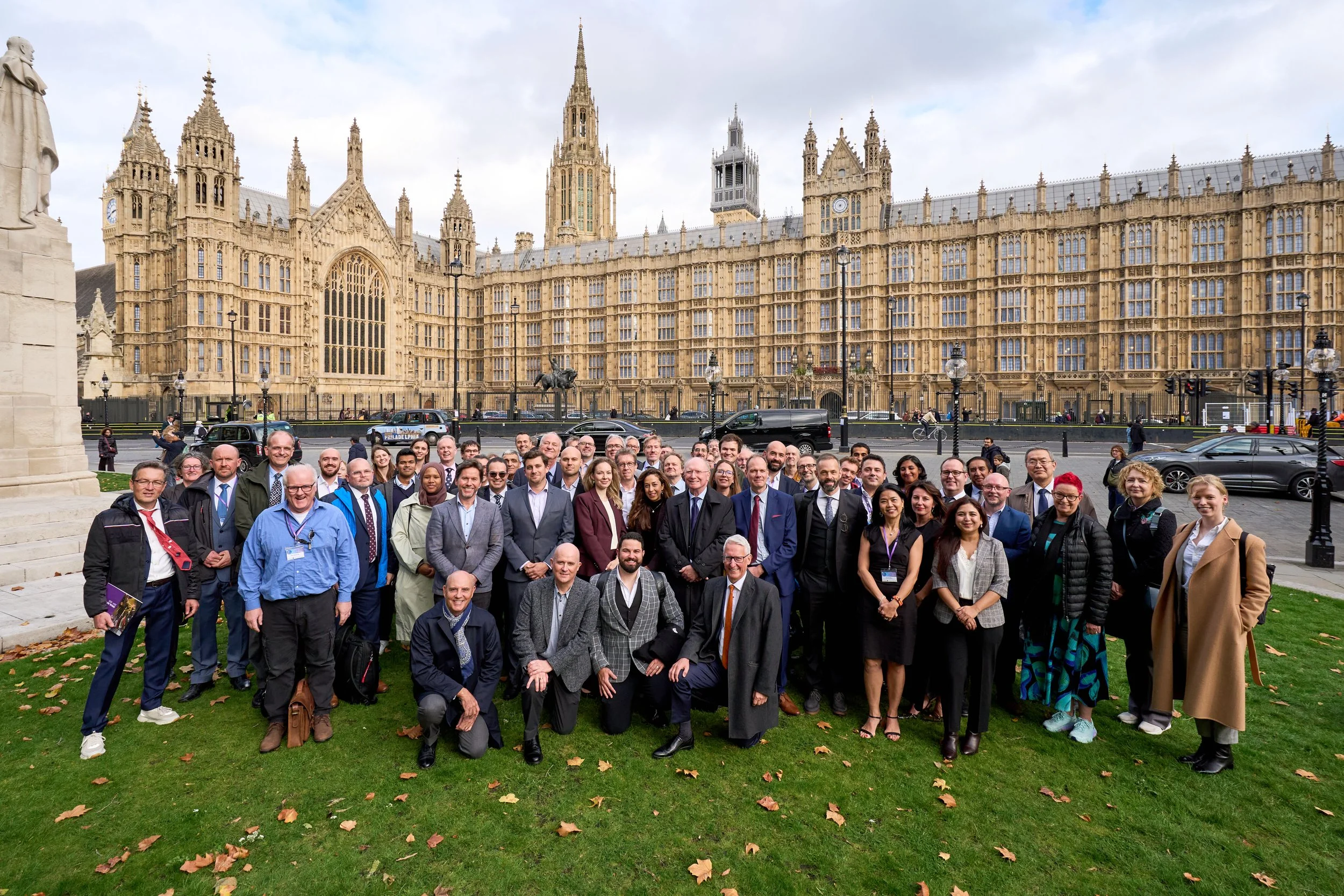
The consortium is made up of seven universities and 22 non-academic partners and could play a key role in tackling the huge energy needs of data centres in the UK.
At the launch, Lord Patrick Vallance told attendees: “Data centres demand enormous energy and water resources and left unchecked. Without thinking about how we can manage this and innovate we would threaten clean energy and net zero ambitions.
“Future computing paradigms offer a potential path to not only more ways of thinking about how to compute but also overcoming some of the traditional limitations of traditional computing, particularly in scenarios where energy efficiency or new capabilities are important. It seems to me the centre embodies that ambition; neuromorphic computing, inspired by the brain's really remarkable energy efficiency, could fundamentally transform how AI operates.”
The Centre is supported by £5.6 million in funding from the Engineering and Physical Sciences Research Council over two years, although its Director Professor Sergei Turitsyn of AIPT has shared plans for it to be financially sustainable beyond this period.
“The ultimate goal is to build a new UK brand in neuromorphic computing, working closely with the recently funded UK network project NeuMat and the Innovation and Knowledge Centre Neuroware,” Turitsyn explained at the launch event.
“Some people ask ‘what exactly is neuromorphic computing? Arguably, there no universal answer, and this is exactly the point about our centre. Some people tell you it is nature-or brain-inspired, others stress non digital features and some focus on energy saving or analogue signal processing.
“That's why we need researchers from different disciplines to work together and that is why this group of universities and industrial partners will start this broad approach, with neuroscientists, working with experts in material science, algorithms, electronics and photonics.”



